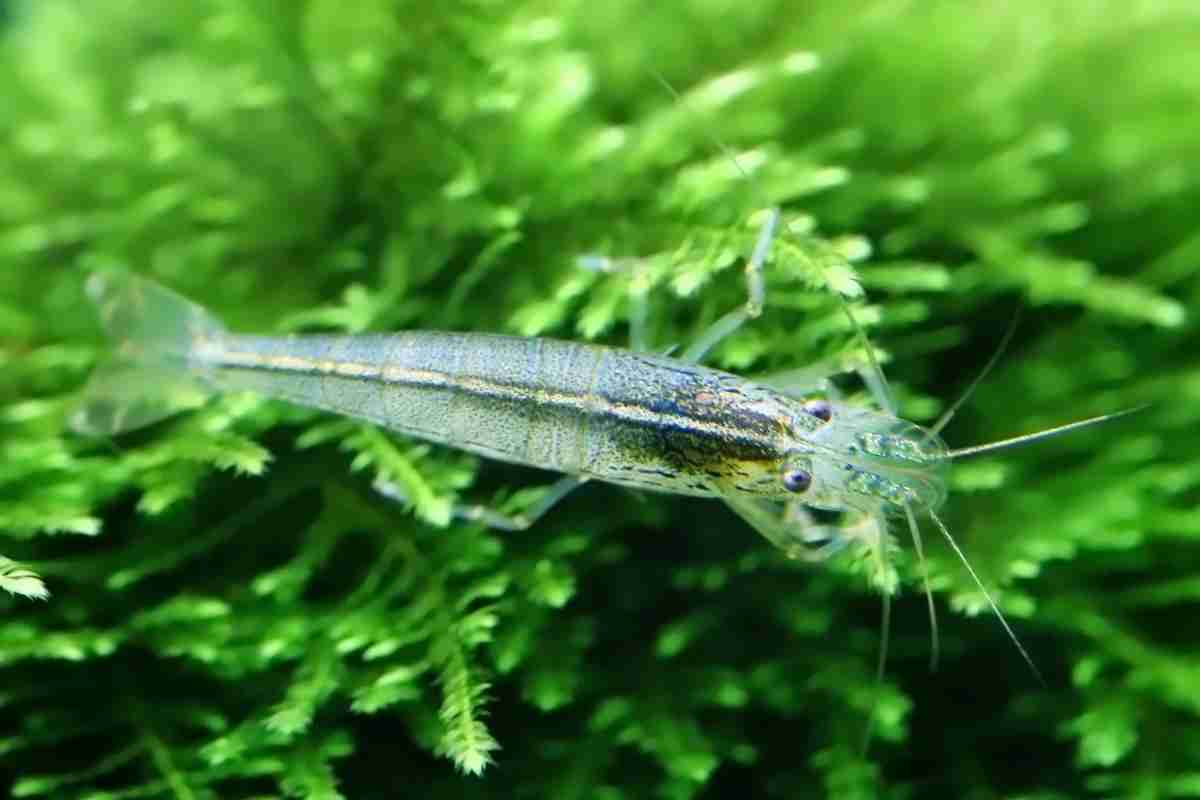
Can Java Moss Grow (Emersed) Out Of Water?
Read more![The Dark Side of Moss. What side of the tree does moss grow on? [Simple Explanation]](/img/side-of-the-tree-does-moss-grow-on.jpg)
The Dark Side of Moss. What side of the tree does moss grow on? [Simple Explanation]
Read more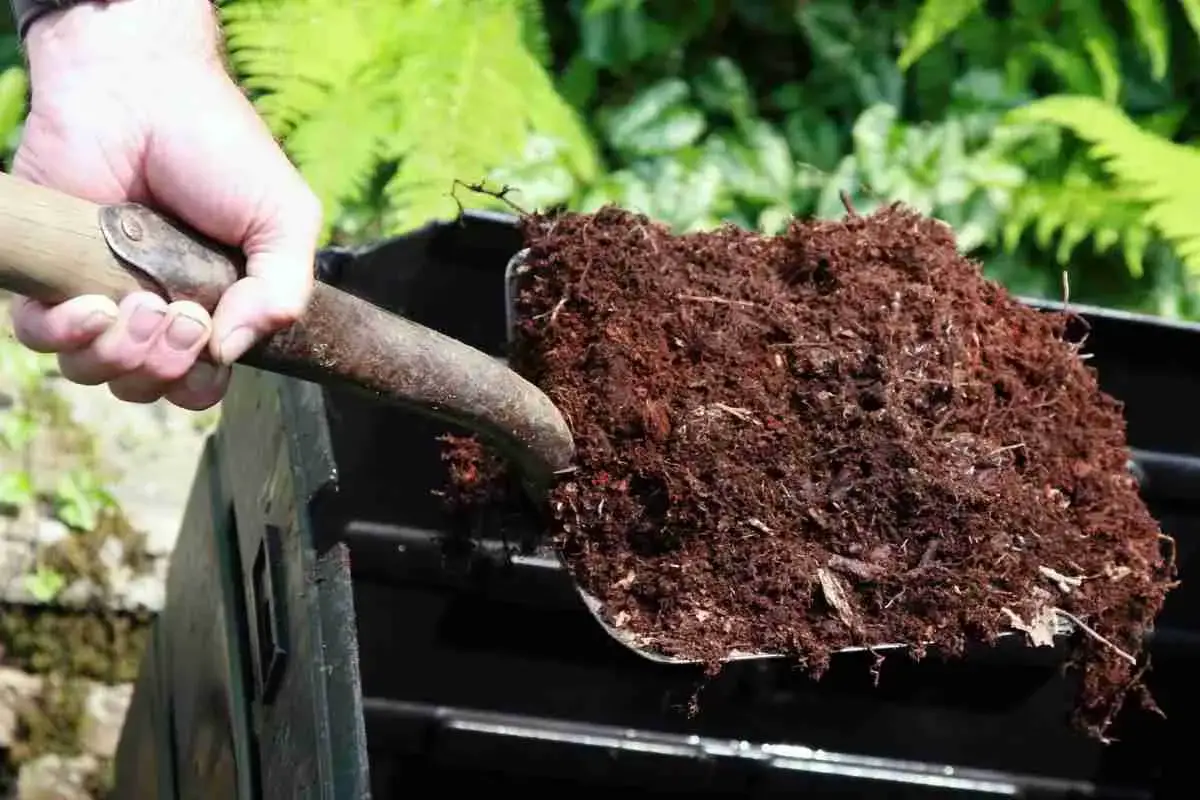
Can Moss Be Composted? Composting Moss
Read more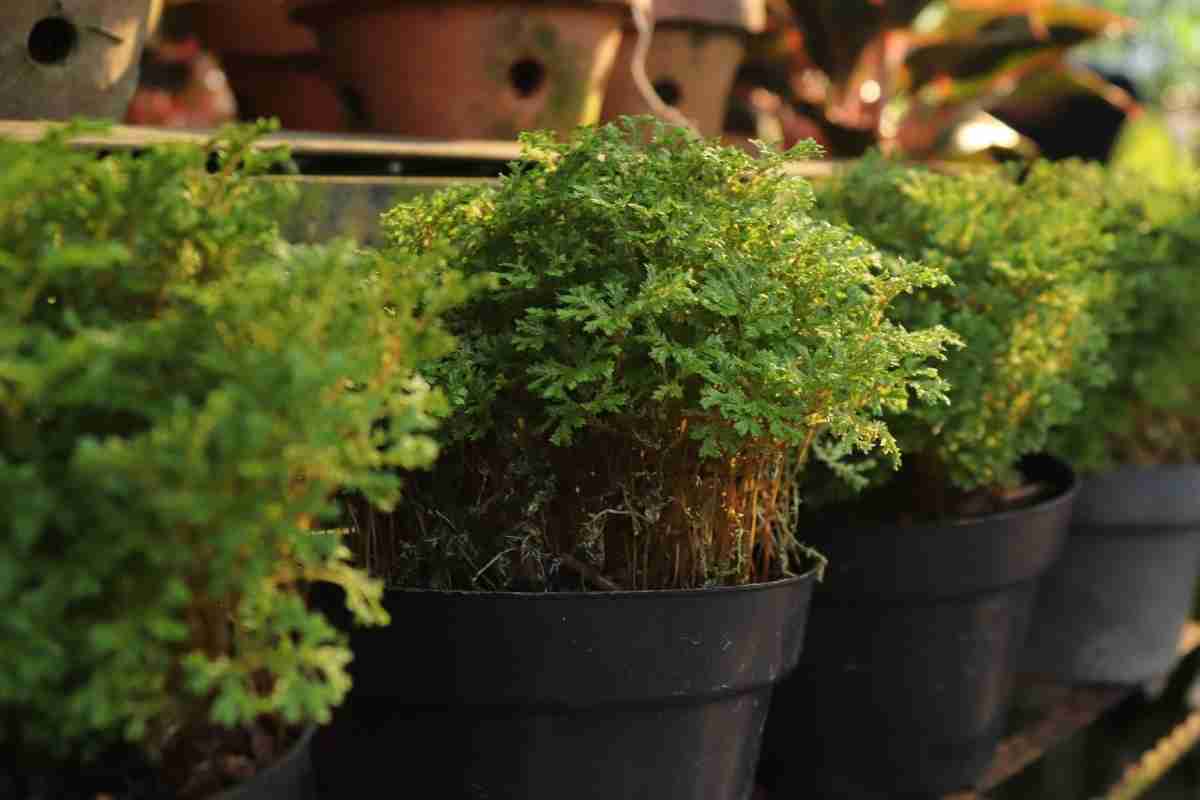
Is Moss Good For Plants? (Indoor & Outdoor Plants)
Read more
Is Moss Edible? Top 5 Edible Mosses
Read more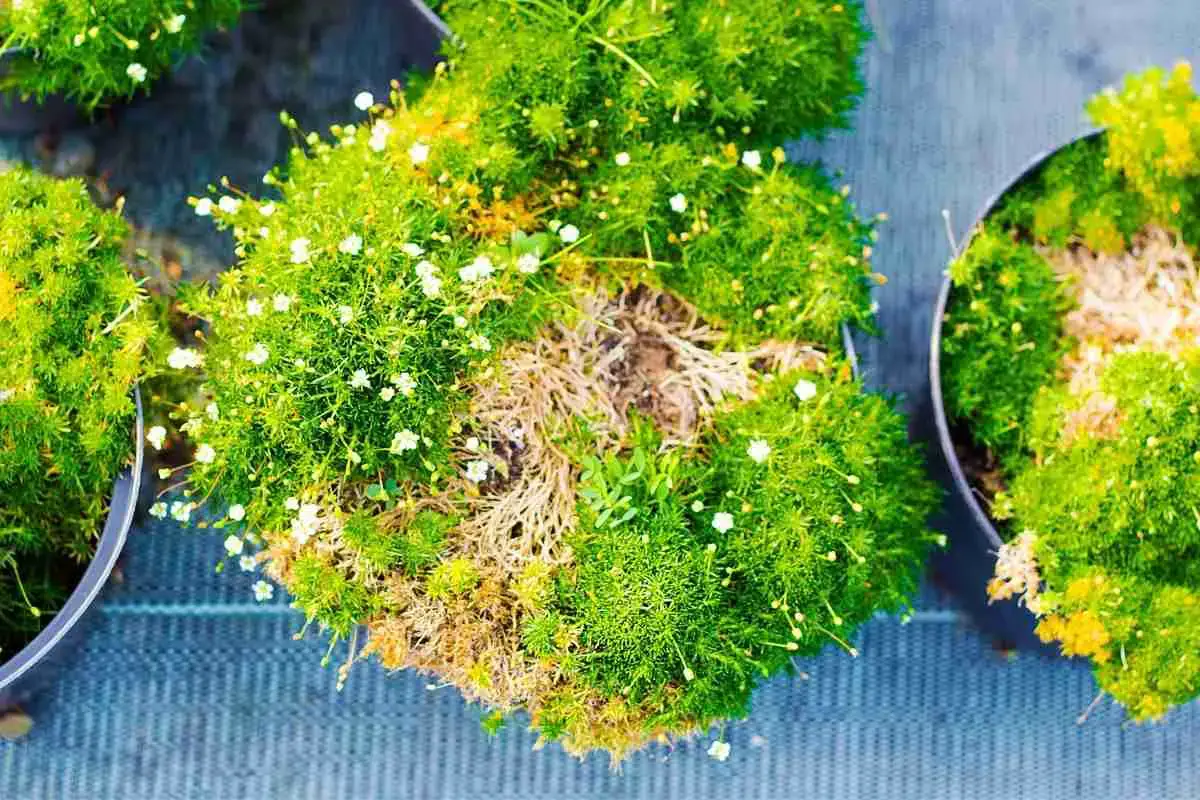
Scotch Moss or Irish Moss: Unveiling the Key Differences You Need to Know!
Read more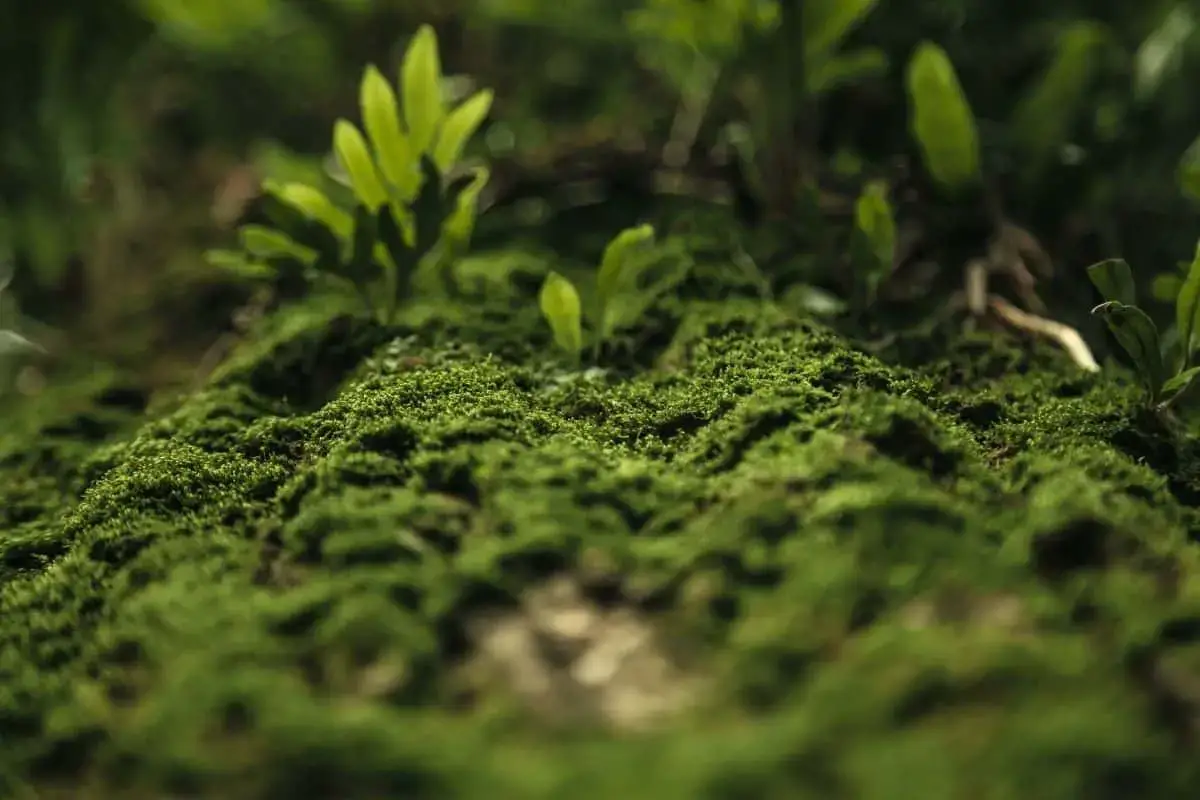
What Does Moss Eat To Survive?
Read more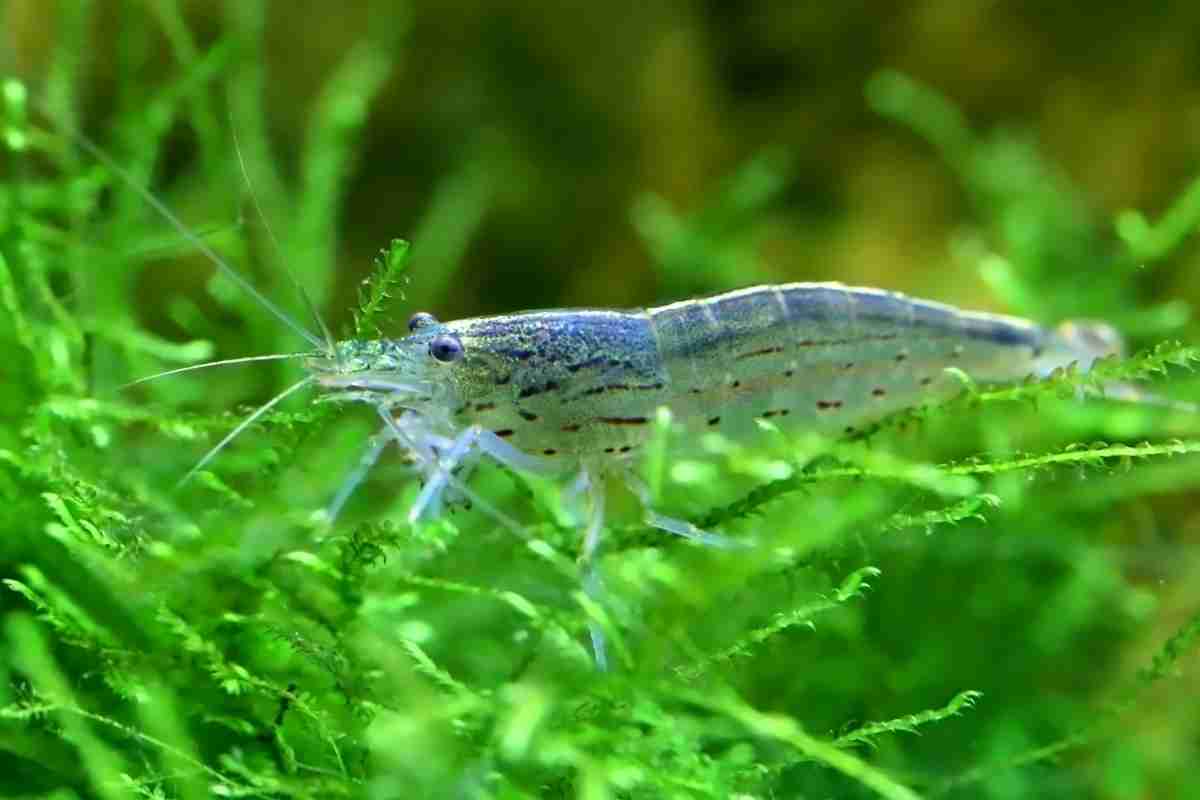
How To Grow Algae For Shrimp In An Aquarium?
Read more
Does Moss Need Water To Survive?
Read more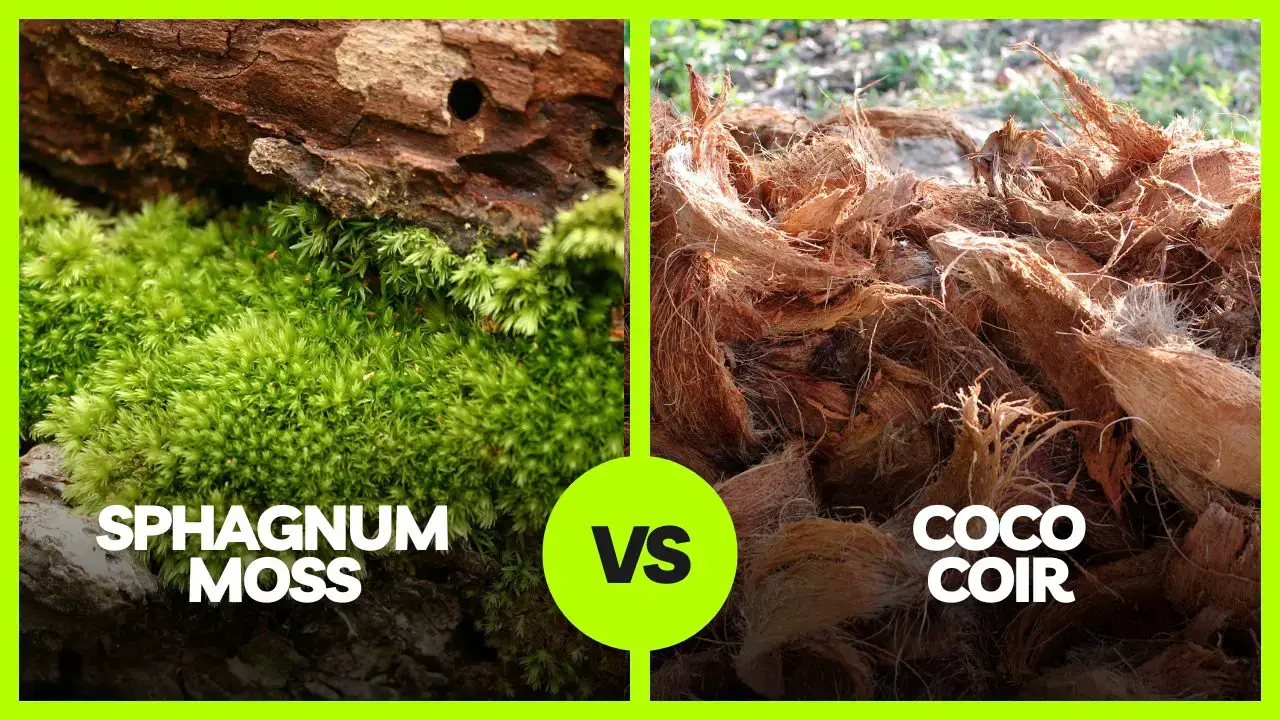
Sphagnum moss pole vs Coir pole. Which one is best for your houseplants?
Read more
How to get rid of Spanish moss. The natural way to remove Spanish Moss
Read more